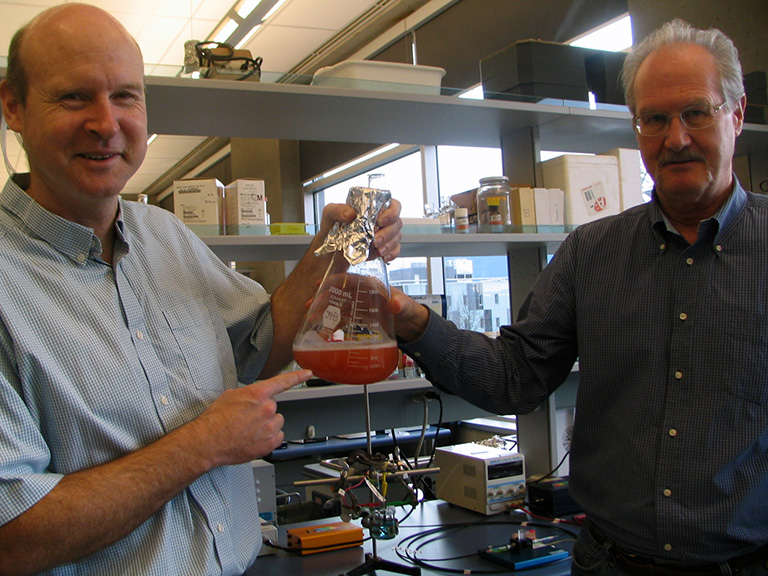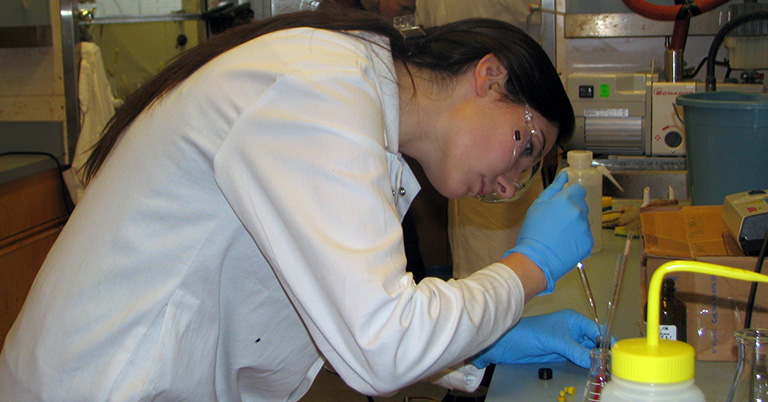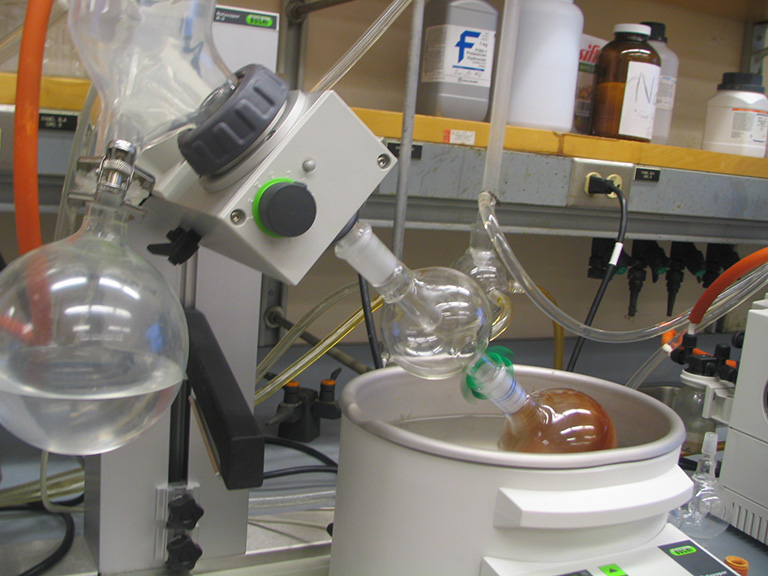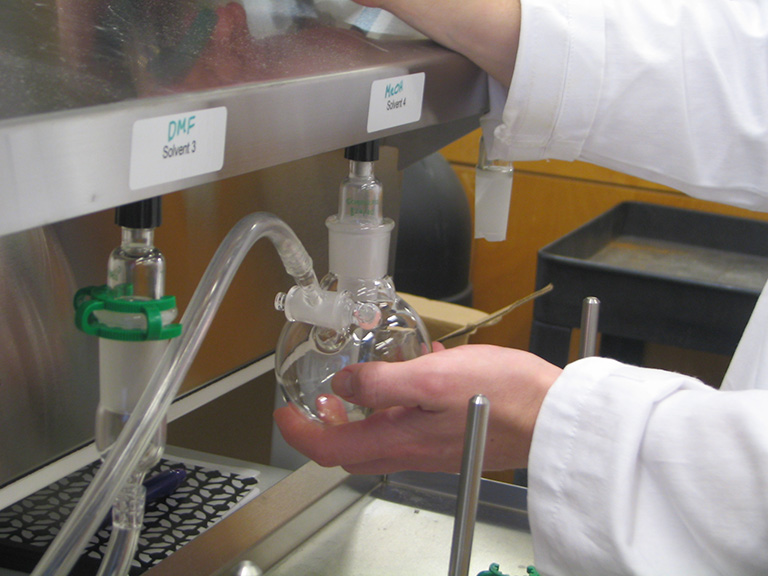Solar Cells? Naturally
Factory made, fixed, rigid solar cells aren’t very efficient, especially in the higher and lower latitudes and when the daylight wanes. Most incoming protons aren’t absorbed and/or simply ricochet off; the ‘best’ energy uptake is a measly 10 to 15 percent.
But when the light-sucking mediums are natural green and living surface cells or microorganisms powered by photosynthesis — the energy uptake is huge. Pigment molecules in plant cells absorb an enormous range of solar wavelengths, allowing more photons to lock onto proteins called reaction centers (RCs) with gusto.
UBC microbiologist J. Thomas Beatty, bio-engineer John Madden and chemist Curtis Berlinguette have taken a leaf from nature and incorporated natural photosynthesis and RCs into ‘bio-batteries’ to create a unique, highly efficient solar cell.
In 2012, Beatty and Madden patented a device that generates and stores solar power within a single cell. The bio-photovoltaic (bio-PV) device uses genetically modified materials from the photosynthetic bacterium Rhodobacter sphaeroides to generate energy through an electrochemical process.
Today, the more efficient, latest-generation bio-PV device nears (it’s hoped) commercialization, even as Berlinguette focuses on semi-flexible thin-film solar cells with dye-sensitive ‘intense colours’ to increase proton capture, yet remain transparent to the narrow range of light frequencies seen by the human eye.
Call it blue-sky thinking but when commercialized and if overlaid on ‘substrates’ (e.g. office-tower windows), the UBC trio’s bio-battery, thin-film combo could transform Vancouver and other cities and communities into more sustainable urban centers.
Read more about
SustainabilityRead more Sustainability stories:
This story also illustrates our commitment to:
Research ExcellenceRelated Content


Campus
Vancouver
UBC microbiologist J. Thomas Beatty, bioengineer John Madden and chemist Curtis Berlinguette are working across disciplines to develop a new generation of solar cells. Their inspiration? Mother nature.
